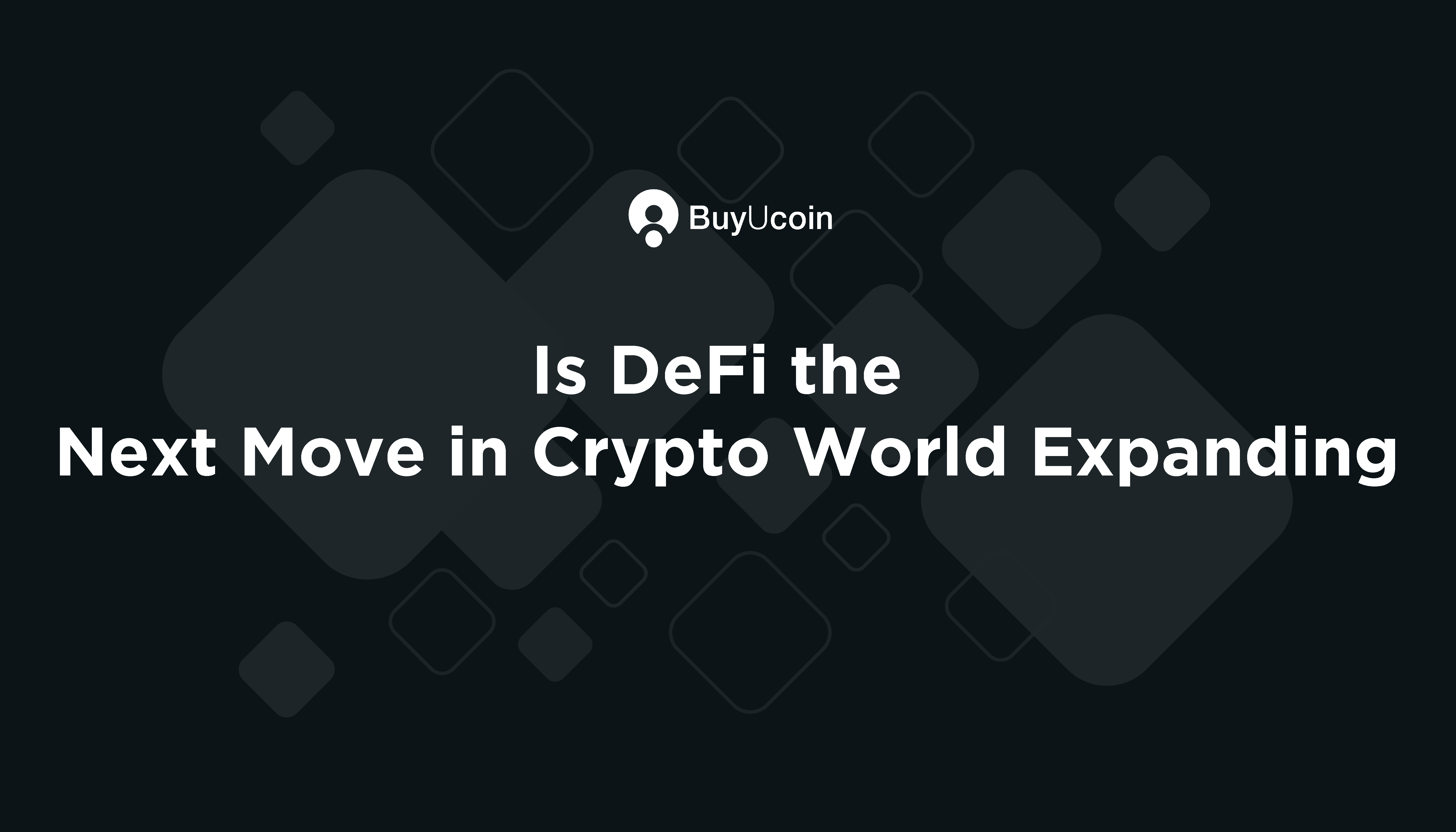Set Defi, its advantages, and it’s potential, In September 2020, something unusual happened. The processing costs of Ethereum have skyrocketed up to 15 per transaction. Indeed, transaction charges for Ethereum have been slowly rising for a number of months. Furthermore, block incentives were three times higher than the month before that, up to 50,000 Ether a day. Yet Ether’s price itself didn’t increase. But how is the improved mining profitability paid for?
All points to the Defi network of Ethereum blockchain apps and utilities, made possible by Ethereum technologies. All points. Further transfers by Defi mean that blockchain mining is more competitive, which means that the Mechanism is more stunted. We have higher transaction costs when people pay to move their purchases back into line if the machine slows down. However, Defi is an amazing asset to the crypto-ecosystem, considering the fluctuations.
Setting Defi
But what is Defi first First, what? This is a ‘decentralized financial system’ which applies to multiple applications encouraging people to exercise transfers without an entity or third-party mediator.
This promise of peer-to-peer transfers has been delivered through Blockchain and crypto-current technology for a while with benefits for unbanked citizens who can obtain, keep, share, and institutional capital. Although there have been crypto-exchanges and transfers between peers for a while the financial services market is mostly being built around Defi now.
The whole structure is built on the blockchain in Ethereum and uses its infrastructure to deliver those services. It extends the crypto-monetary market by providing ways to develop open markets, deposits, insurance, trade-in derivatives, and more.
Decentralized Financial Environment Gains
There are several advantages of such a decentralized structure. Firstly, it can be totally untrustworthy and you don’t need a third party to manage the transfers. Furthermore, as is always the case in loans or exchanges of deeds, parties are not obligated to know each other nor do persons need to have detailed personal information to share.
There are no complications with custody since a third-party agency never owns the coins. Nobody will stop you or block you from exchanging your account.
There are all auditable transactions. Since transactions are located on the blockchain, it can be seen by anybody and any intelligent contract linked with the transaction can also be seen. This is also one of the advances that allow Defi to thrive.
What De-fi do?
De-centralized trading cases are one of the main causes of De-Fi use, allowing anybody to purchase or sell coins directly together without a bank or broker needing to process the trade. The level of trade in these markets and liquidity is rising rapidly, and conventional investors are also drawn. Due to their decentralization, they also deliver quicker trade.
Ethereum is easier to create apps, so developers use Ethereum as the base for Defi applications for trade, lending networks, secure coins, and much more. Ethereum is one of the offerings
Phil Salter — Genesis Mining Head of Operations
The most widely recognized are smart contracts that are non-alterable self-performing contracts that follow pre-programmed deadlines and allow greater productivity in party harder work.
Smart contracts open up a world that enables transfers of peer to peer records and where property or properties can be tokenized and stored in a blockchain. Two parties are able to pay and trade the deed easily by using a smart contract using a Defi network. This will eradicate third parties and allow a process that is simple, convenient, and affordable for most people.
In addition, Defi provides open lending options according to the same principle: open peer-to-peer trustless loans or smart lending. The only distinction is that the collateral in the form of coins is required. In comparison to the centrally funded loan scheme, the use of the equity in the form of a currency enables borrowers to remain confidential and keep their details secret.
Another explanation for increasing trading volumes is arbitration bots, which are automated to purchase and sell in these exchanges and are in search of arbitration opportunities between markets day and night, as a result of Defi. You can do business in the lowest possible numbers, but it can do it easier and more effective than selling human beings.
Defi provides more opportunity to get more users into an open network free from third-party interference in order to encourage decentralized insurance, yield farming, secure coin production, and even betting.
Defi not only provides more investment opportunities for those pursuing decentralized alternatives but as the network expands, it provides the broader crypto industry with prestige and legitimacy. But all these transactions must at the end of the day, be added to the blockchain which results in a congested system, but higher charges charged for miners.
Will the Defi Bubble Burst?
But it’s going to last? Although Defi provides new opportunities for untrustworthy exchanges, and more effort and higher transaction costs are still a blessing for miners, what happens is not sustainable today. An unsustainable $15 transaction expense would cause transactions to reverse.
Part of the explanation is that Ethereum has trouble with scalability. Faster transfers and lower costs will be possible on a blockchain — maybe by the recently extended gas cap or by the coming introduction of Ethereum 2.0 — but just isn’t there yet.
According to CRYPTOCURRENCY अखबार, Defi coins Chainlink Could be on the Cusp of Rocketing Higher as Strength Against BTC Grows
That doesn’t mean the bubble is going to burst. Defi is not just a hypothesis and is still used in many implementations, from capital funds to non-loss lots and tokens automatic. Defi has fascinating potential — we can ensure that a solid framework is in place to sustain it.

